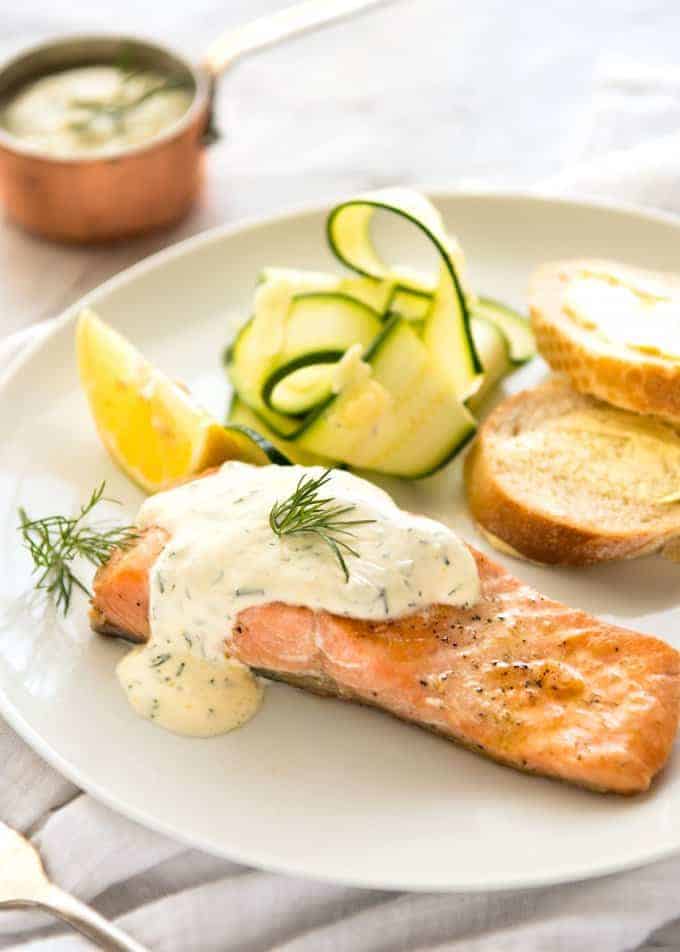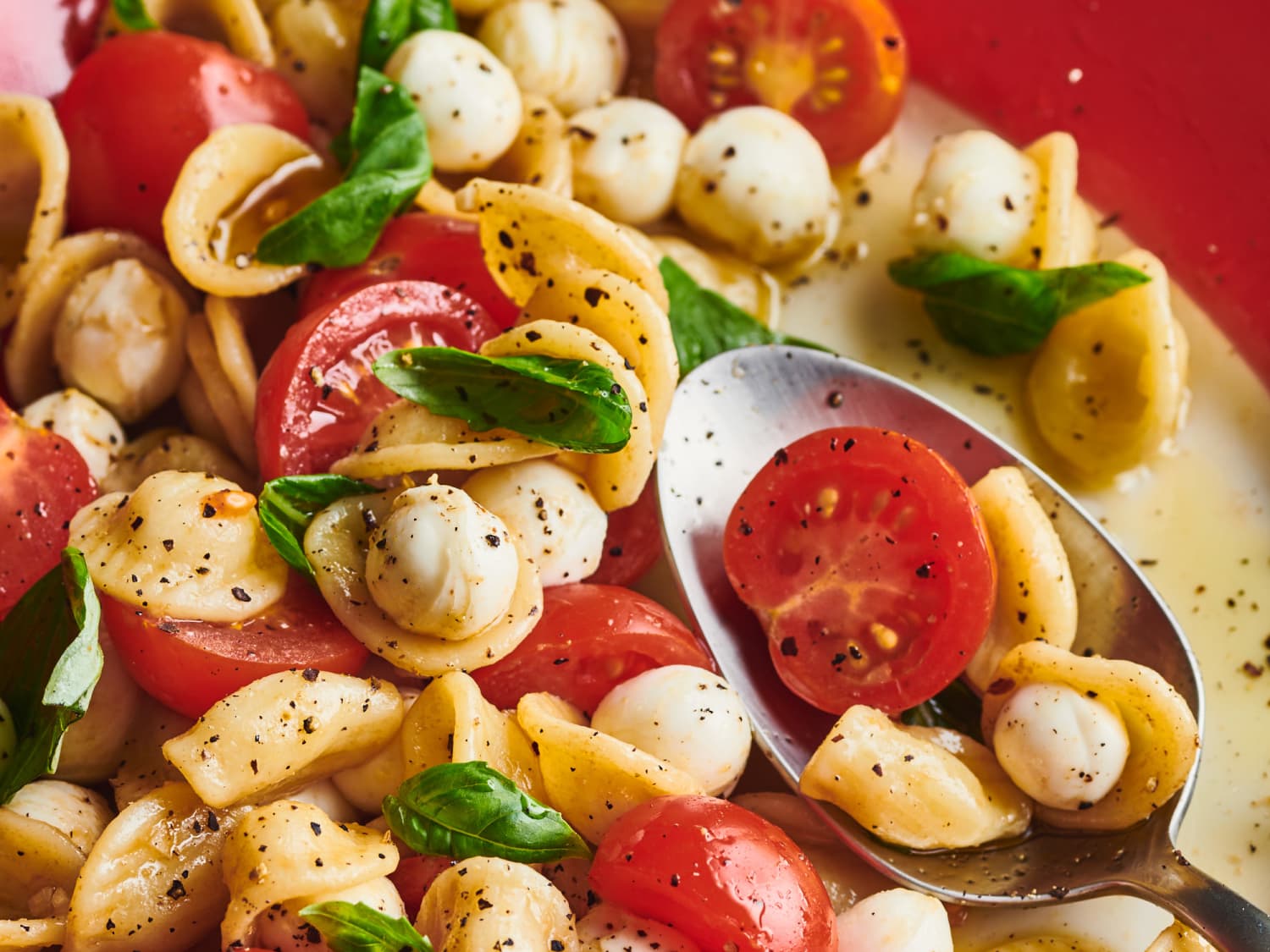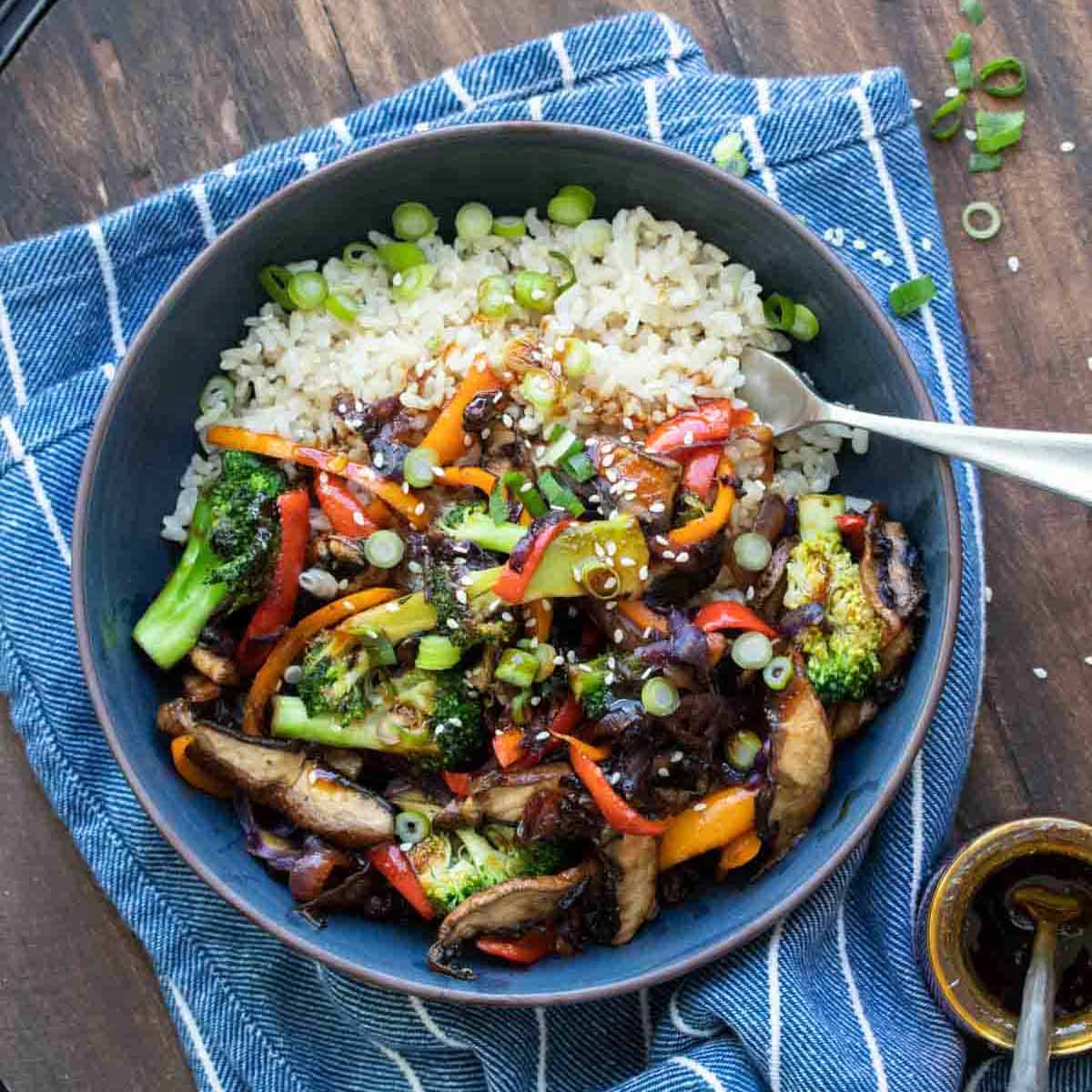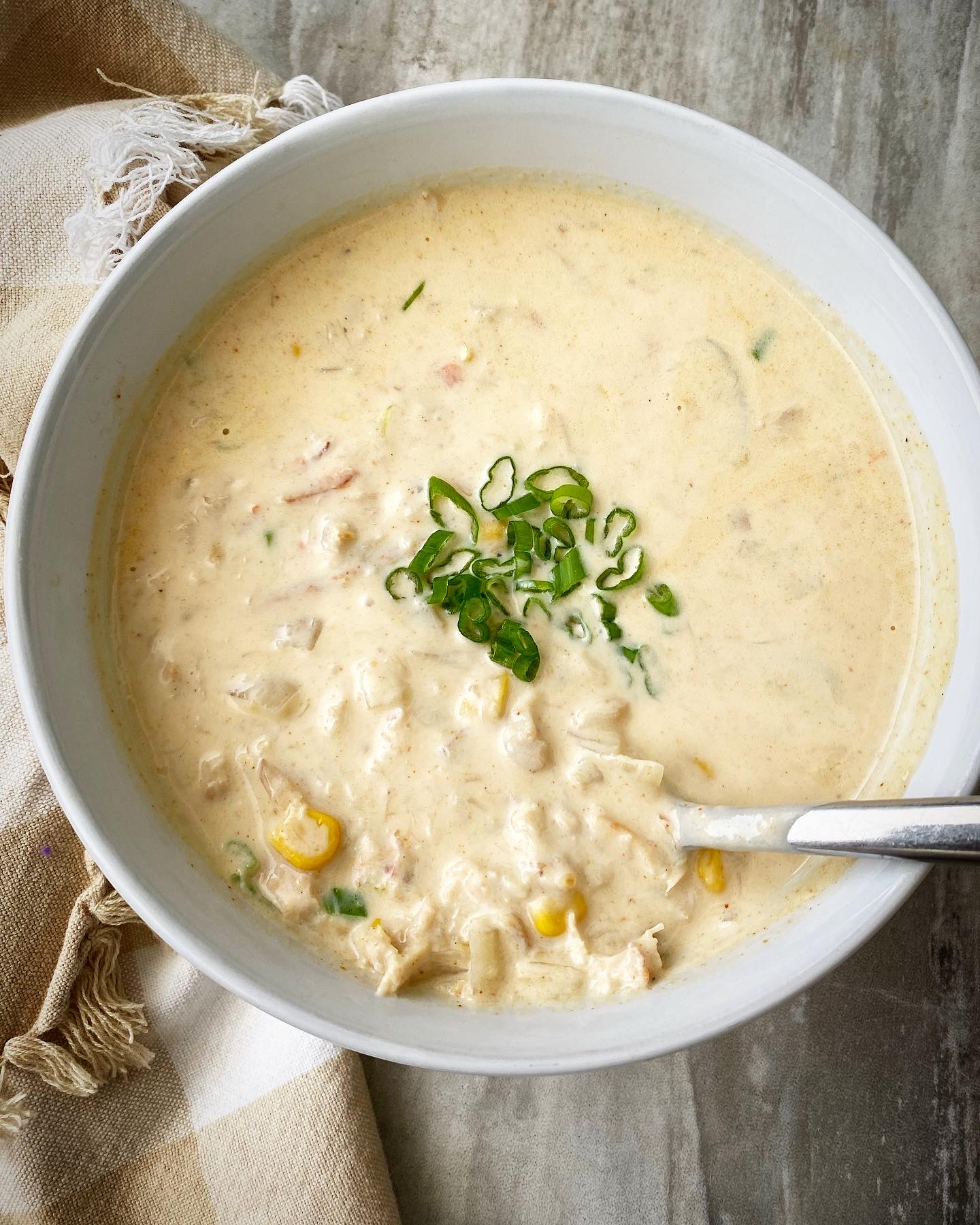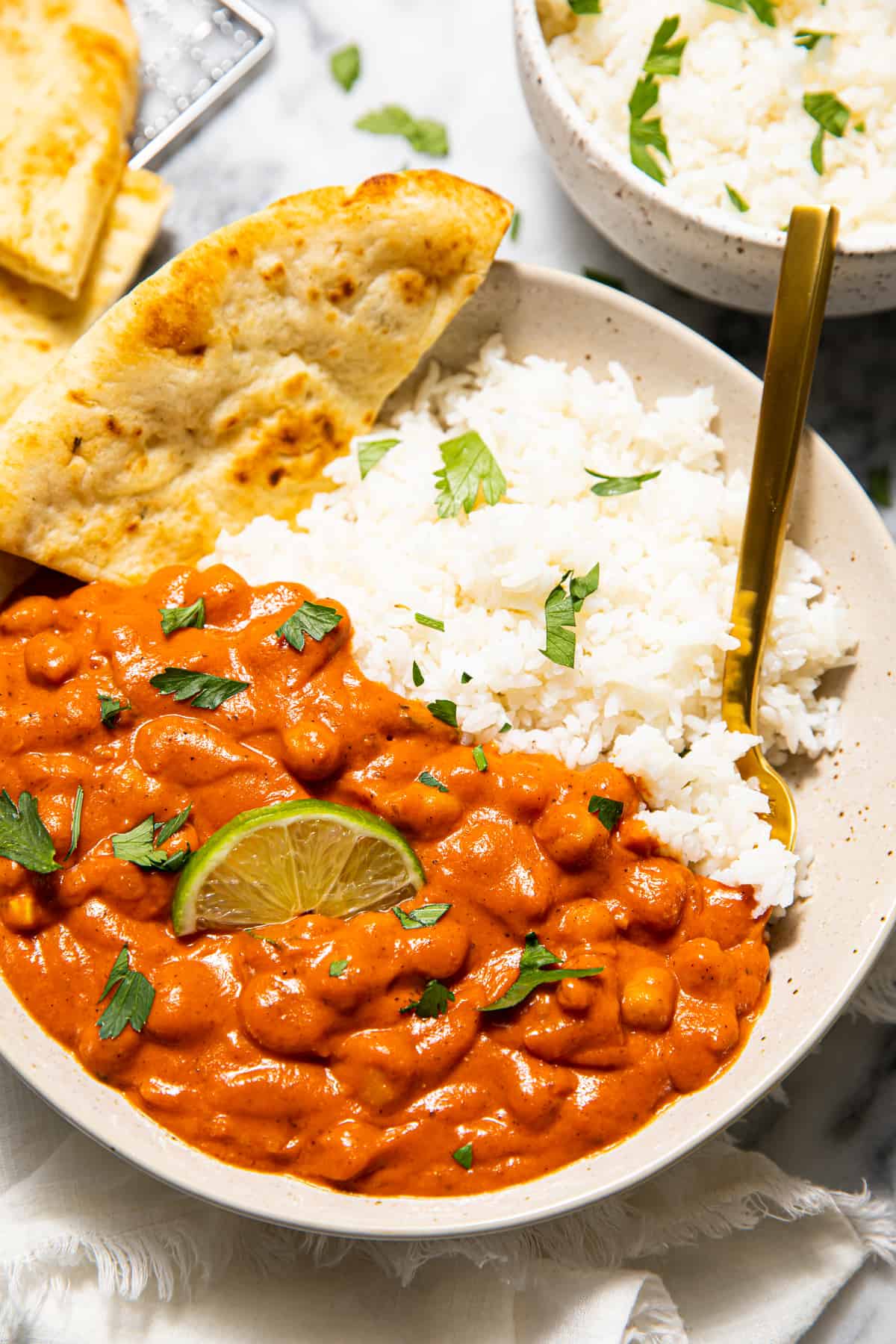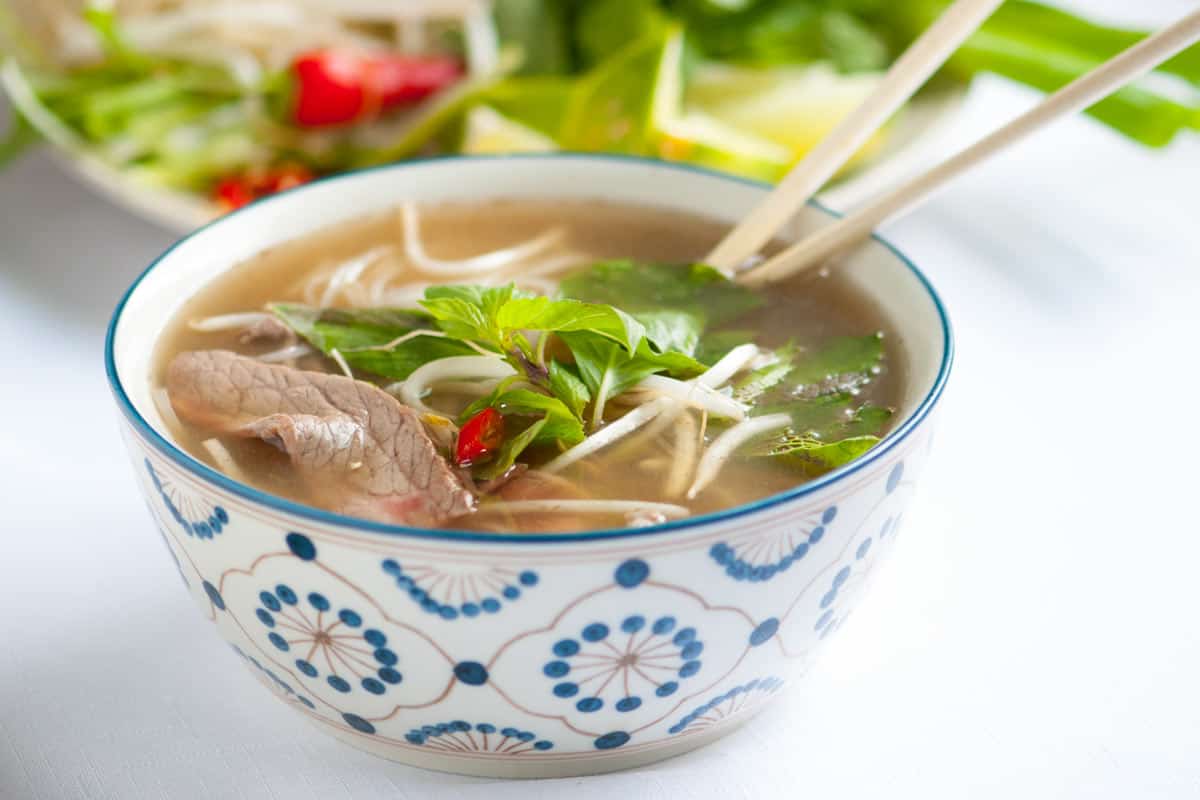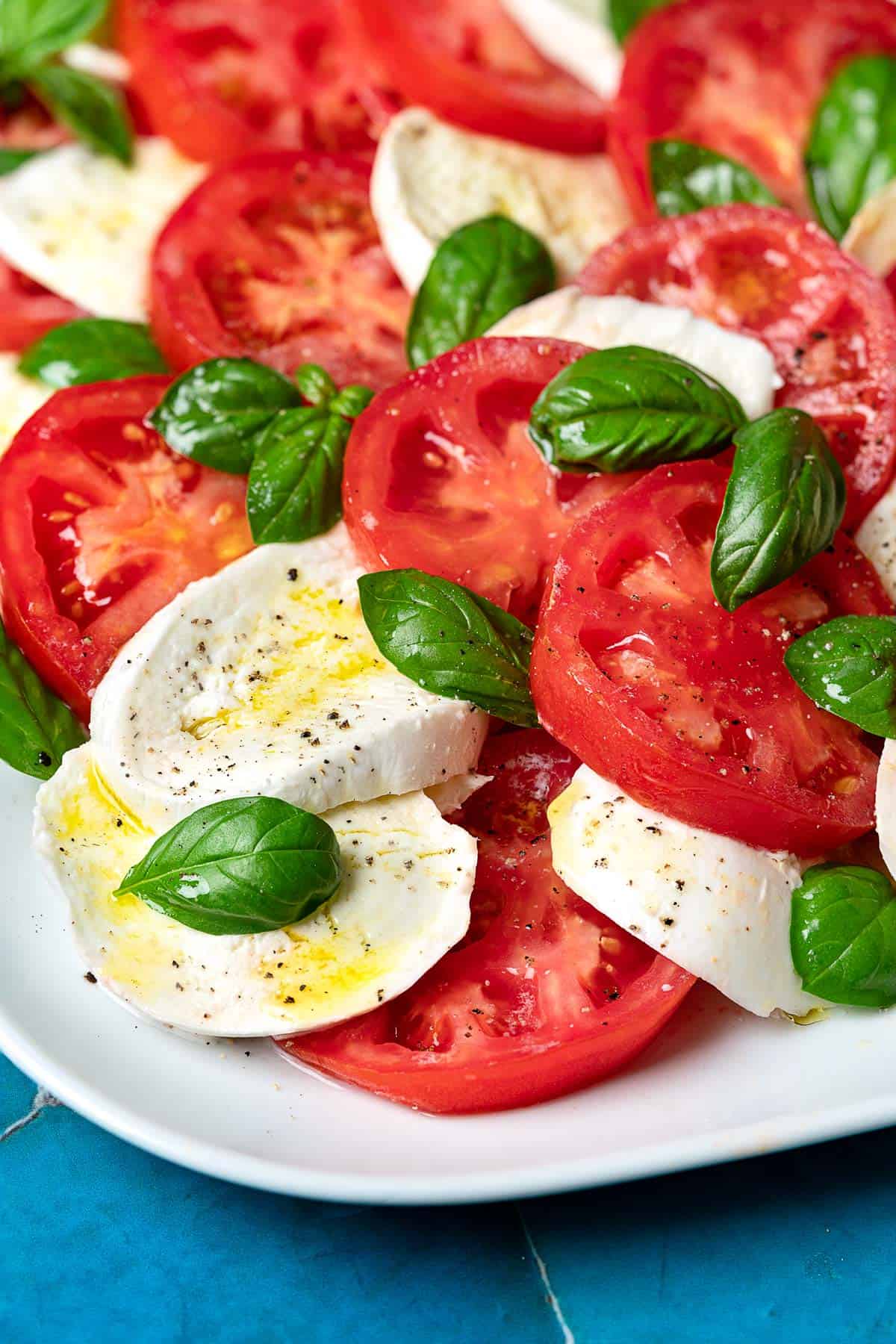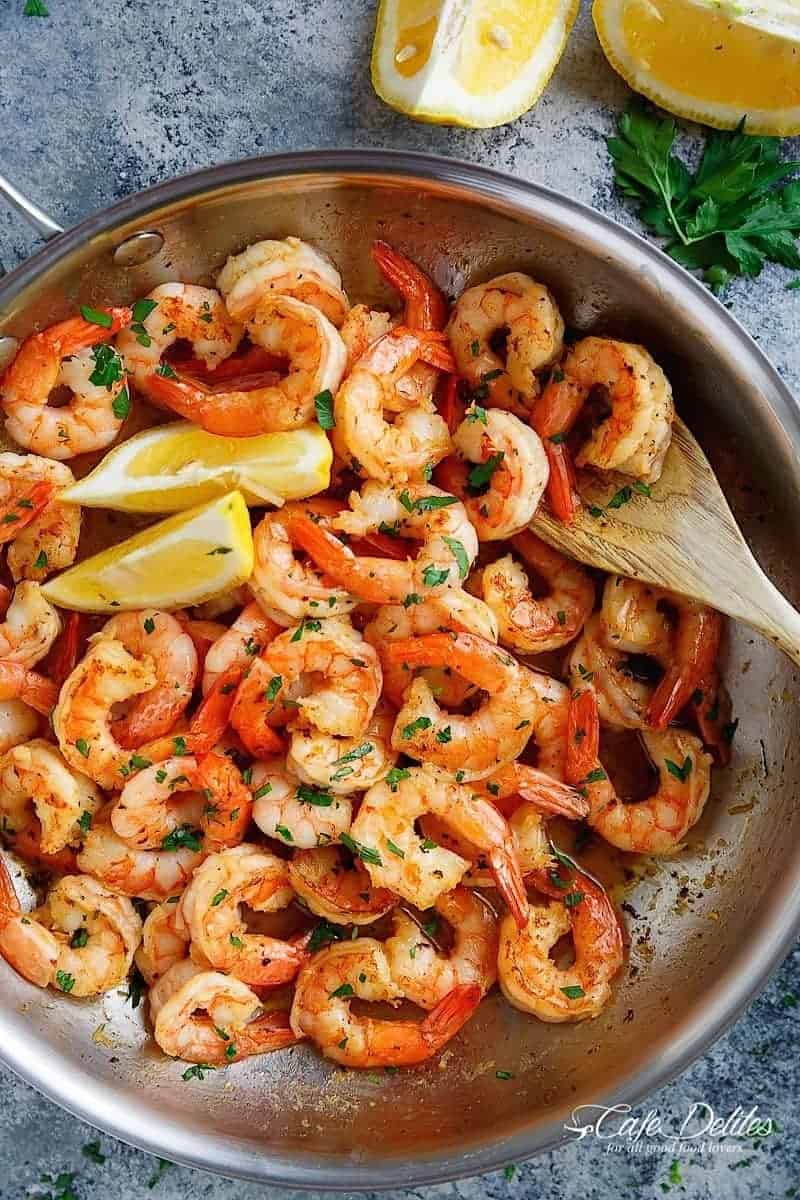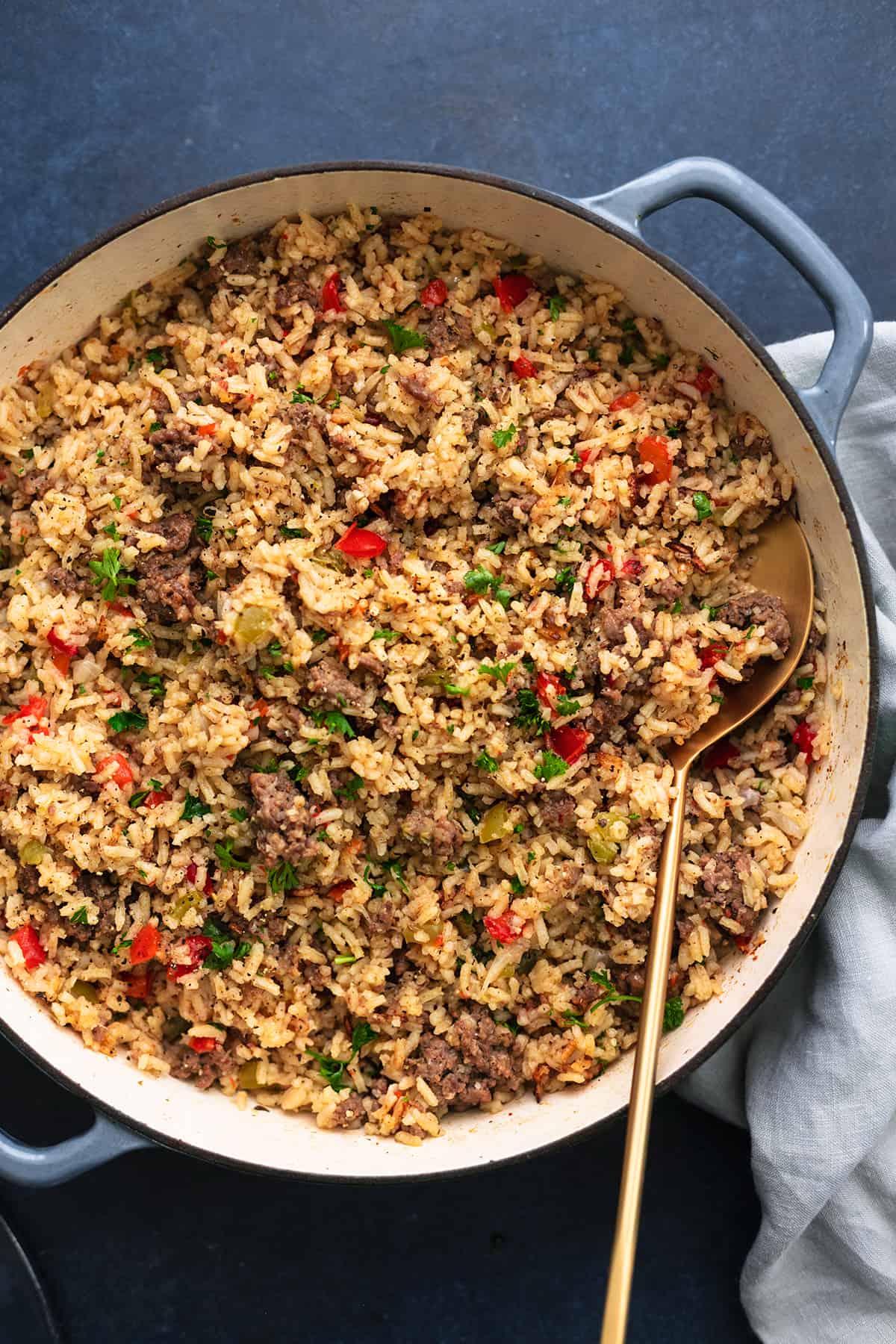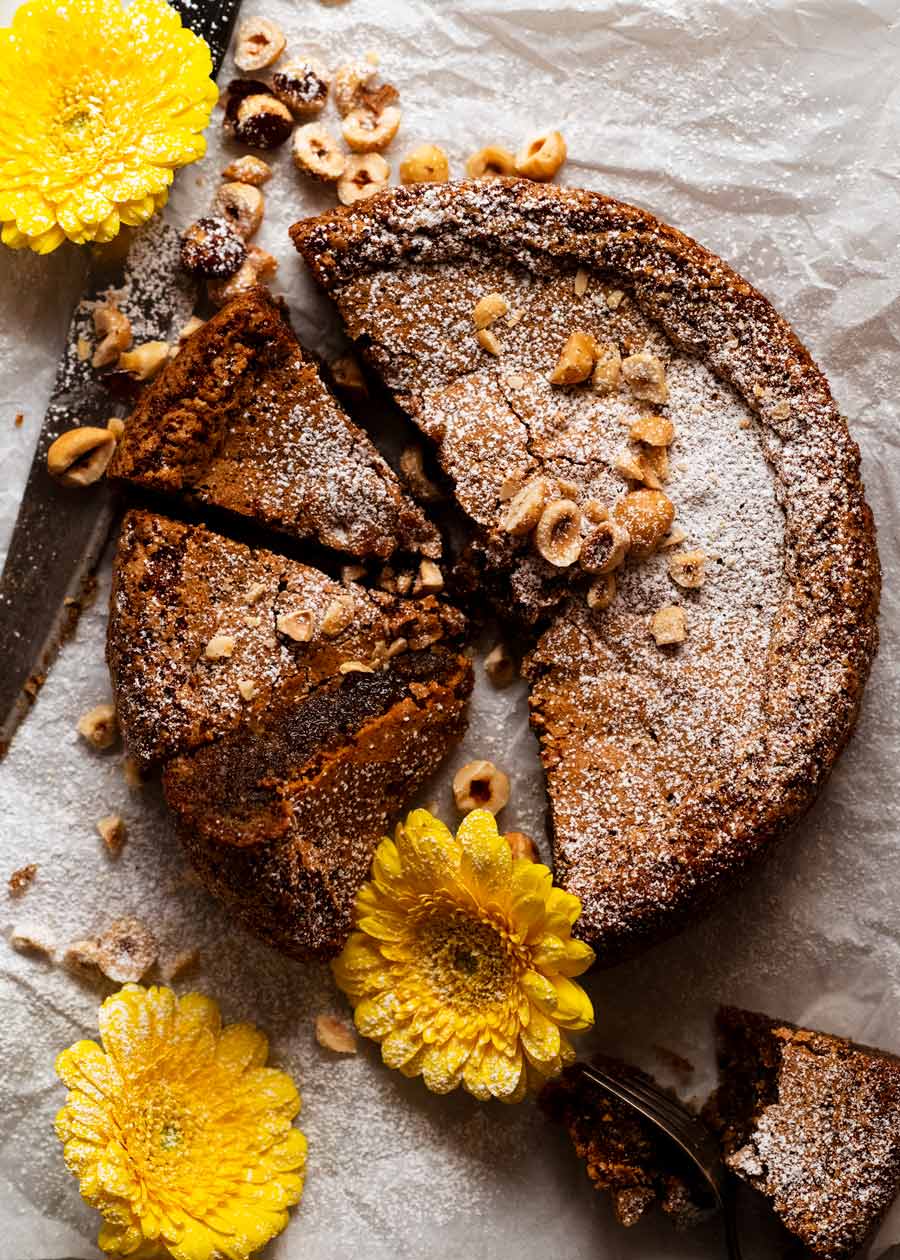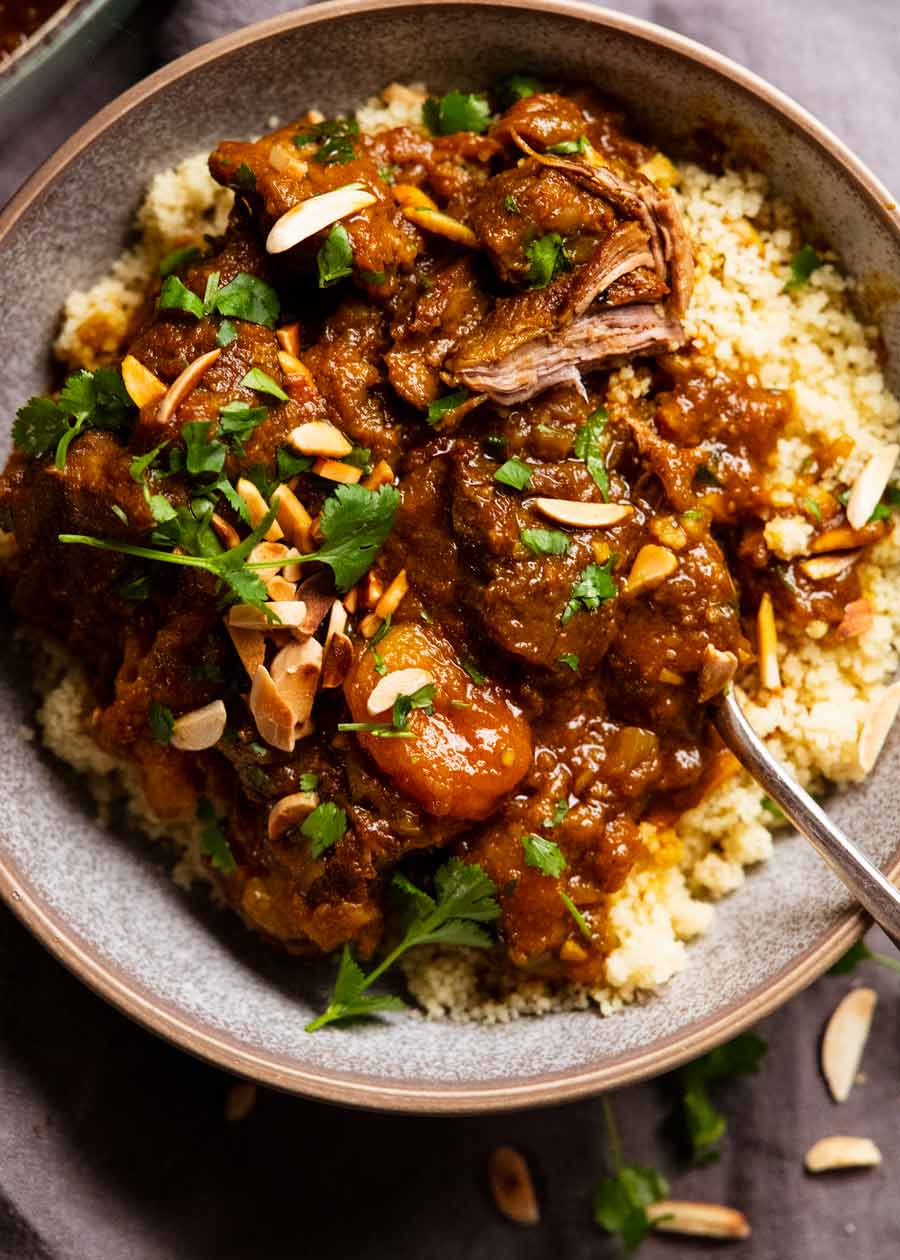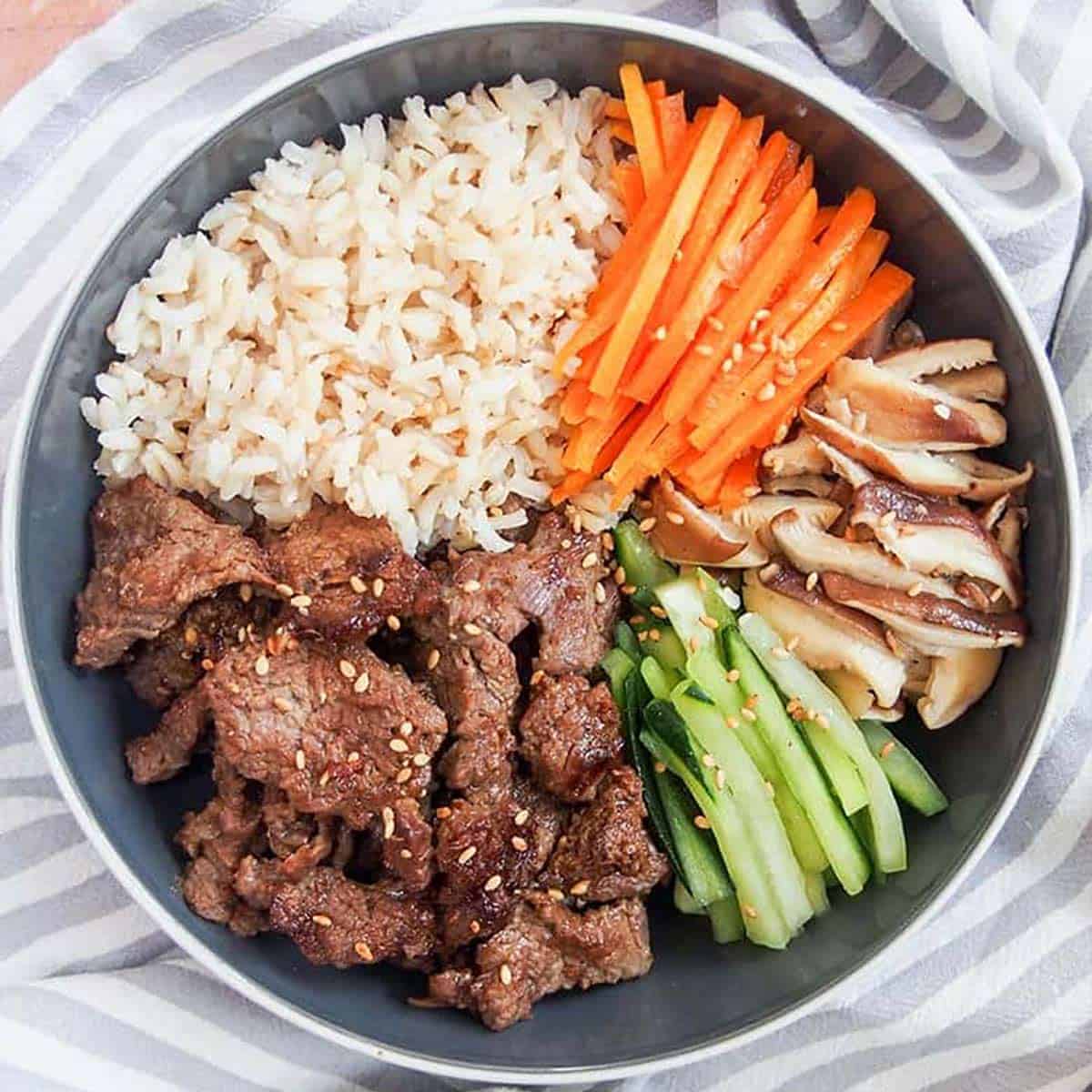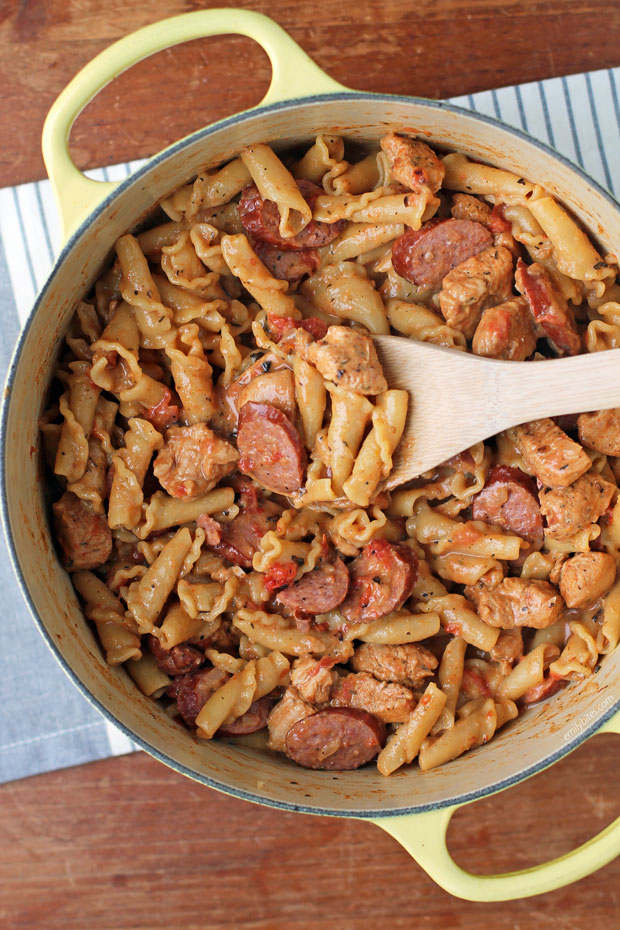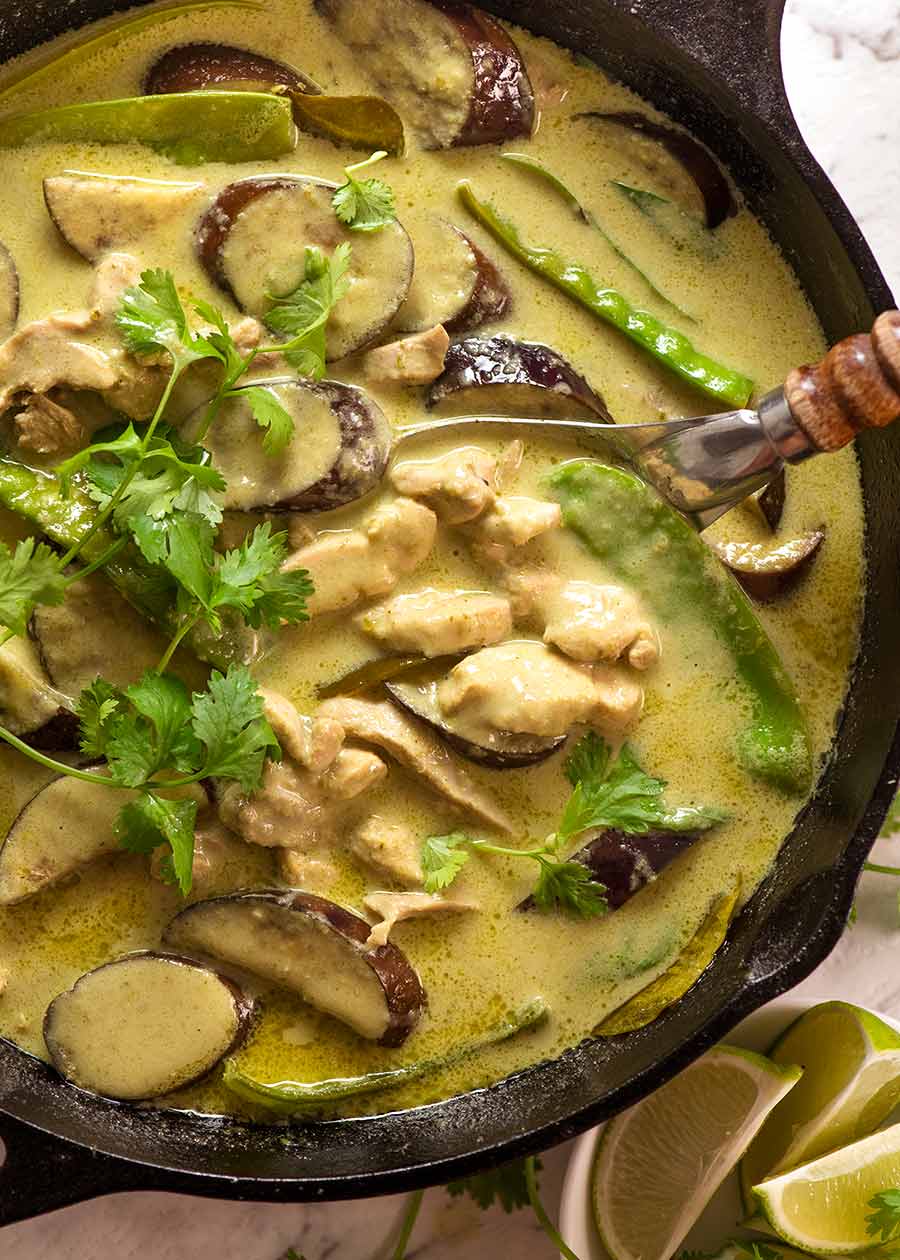
Vegetarian Pad See Ew: A Culinary Journey to Thai Flavors
Pad See Ew, a beloved Thai noodle dish, tantalizes taste buds with its harmonious blend of sweet, savory, and tangy flavors. While traditionally prepared with chicken or beef, this vegetarian rendition offers a delectable alternative, showcasing the versatility and vibrancy of plant-based cuisine.
Ingredients:
For the Noodles:
- 12 ounces flat rice noodles
- 4 cups water
- 1 tablespoon vegetable oil
For the Sauce:
- 1/4 cup soy sauce
- 1/4 cup oyster sauce (vegetarian alternative: hoisin sauce)
- 1/4 cup brown sugar
- 1/4 cup water
- 2 tablespoons rice vinegar
- 1 tablespoon sesame oil
- 1 teaspoon ground black pepper
For the Vegetables:
- 1 cup broccoli florets
- 1 cup carrots, sliced
- 1 cup bell peppers (any color), sliced
- 1 cup snow peas
- 1 onion, sliced
- 2 cloves garlic, minced
- 1 inch ginger, minced
For the Garnish:
- 1/2 cup bean sprouts
- 1/4 cup chopped peanuts
- 1/4 cup chopped cilantro
- Lime wedges, for serving
Instructions:
Prepare the Noodles:
- In a large pot, bring the water to a boil.
- Add the rice noodles and cook according to the package directions, usually 5-7 minutes.
- Drain the noodles and rinse them under cold water to prevent sticking.
- Toss the noodles with the vegetable oil to prevent clumping.
Make the Sauce:
- In a small bowl, whisk together the soy sauce, oyster sauce (or hoisin sauce), brown sugar, water, rice vinegar, sesame oil, and black pepper.
- Set aside until ready to use.
Sauté the Vegetables:
- In a large skillet or wok over medium heat, heat a drizzle of vegetable oil.
- Add the onion, garlic, and ginger and cook until fragrant, about 1 minute.
- Add the broccoli, carrots, bell peppers, and snow peas and cook until tender-crisp, about 5-7 minutes.
Combine the Noodles and Sauce:
- Add the cooked noodles to the skillet with the vegetables.
- Pour in the prepared sauce and toss to coat the noodles evenly.
- Cook for 2-3 minutes, or until the sauce has thickened and the noodles are heated through.
Garnish and Serve:
- Transfer the Pad See Ew to a serving dish.
- Top with bean sprouts, peanuts, and cilantro.
- Serve immediately with lime wedges for squeezing over the dish.
Tips:
- For a spicier dish, add a pinch of red pepper flakes to the sauce.
- If you don’t have rice vinegar, you can substitute white vinegar or apple cider vinegar.
- To make the dish vegan, use a vegan oyster sauce alternative, such as hoisin sauce or a mixture of soy sauce and mushroom sauce.
- Pad See Ew is best served fresh, but it can be stored in the refrigerator for up to 3 days. Reheat it over medium heat in a skillet or microwave until warmed through.
Nutritional Value:
A serving of Vegetarian Pad See Ew (1 cup) provides approximately:
- Calories: 350
- Carbohydrates: 60 grams
- Protein: 15 grams
- Fat: 10 grams
- Fiber: 5 grams
- Iron: 2 milligrams
- Vitamin C: 20 milligrams
Conclusion:
Vegetarian Pad See Ew is a delectable and nutritious dish that captures the essence of Thai cuisine. Its vibrant flavors, tender vegetables, and chewy noodles make it a satisfying meal that will tantalize your taste buds. Whether you’re a seasoned vegetarian or simply looking to expand your culinary horizons, this recipe is a must-try. So gather your ingredients, fire up the stove, and embark on a culinary adventure that will leave you craving for more.

